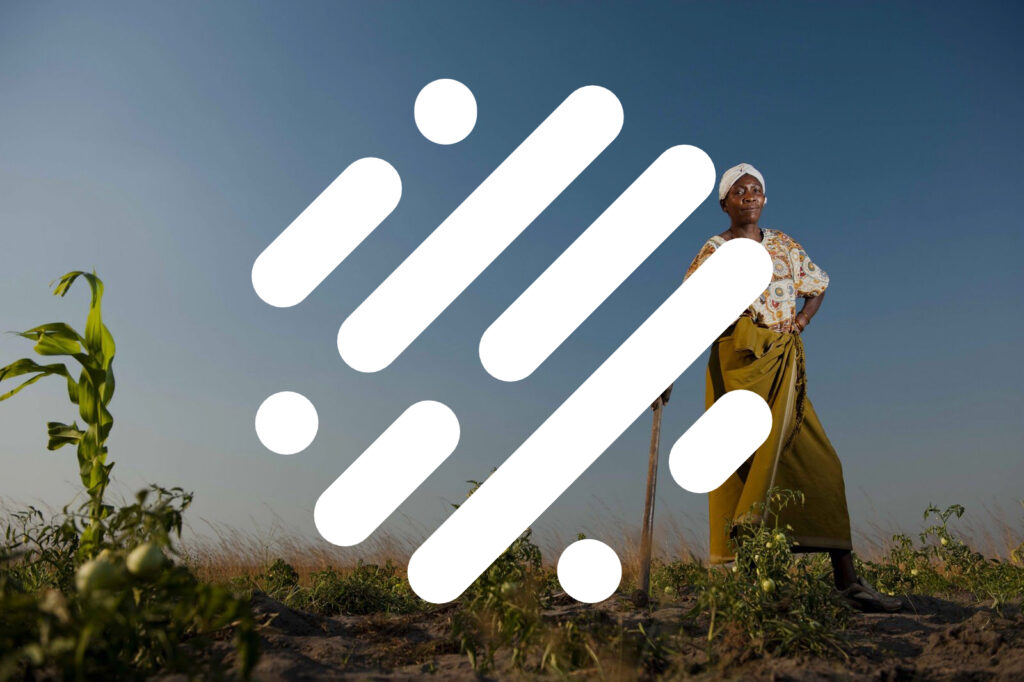From a technical point of view, the Internet of Things is not the result of a single novel technology; instead, several complementary technical developments provide capabilities that taken together help to bridge the gap between the virtual and physical world.

These capabilities include:
a) Communication and Cooperation: Objects have the ability to relate with each other and with their surroundings via networks such as GSM and UMTS, Wi-Fi, Bluetooth, ZigBee and those referring to Wireless Personal Area Networks (WPANs). There are several reasons why objects will need to communicate with each other. For example for security purposes, an object can request authentication from other remote or near devices before granting access to particular information or services.
b) Discoverability: Objects can be located and addressed via discovery, look-up or name services, and can therefore be remotely accessed or configured.
c) Identification: Objects are uniquely identifiable. RFID, NFC (Near Field Communication) and optically readable bar codes are examples of technologies with which even passive objects which do not have built-in energy resources can be identified (with the aid of a “mediator” such as an RFID reader or mobile phone). Identification enables objects to be linked to information associated with the particular object and that can be retrieved from a server, provided the mediator is connected to the network.
d) Sensing: Objects collect information about their surroundings with sensors, record it, forward it or react directly to it.
e) Actuation: Objects contain actuators to manipulate their environment (for example by converting electrical signals into mechanical movement). Such actuators can be used to remotely control real-world processes via the Internet.
f) Embedded Information Processing: Smart objects feature a processor or microcontroller, plus storage capacity. These resources can be used, for example, to process and interpret sensor information, or to give products a “memory” of how they have been used.
g) Localization: Smart things are aware of their physical location, or can be located. GPS or the mobile phone network are suitable technologies to achieve this, as well as ultrasound time measurements, UWB (Ultra-Wide Band), radio beacons (e.g. neighboring WLAN base stations or RFID readers with known coordinates) and optical technologies.
h) User Interfaces: Smart objects can communicate with people in an appropriate manner (either directly or indirectly, for example via a smartphone) [2].



